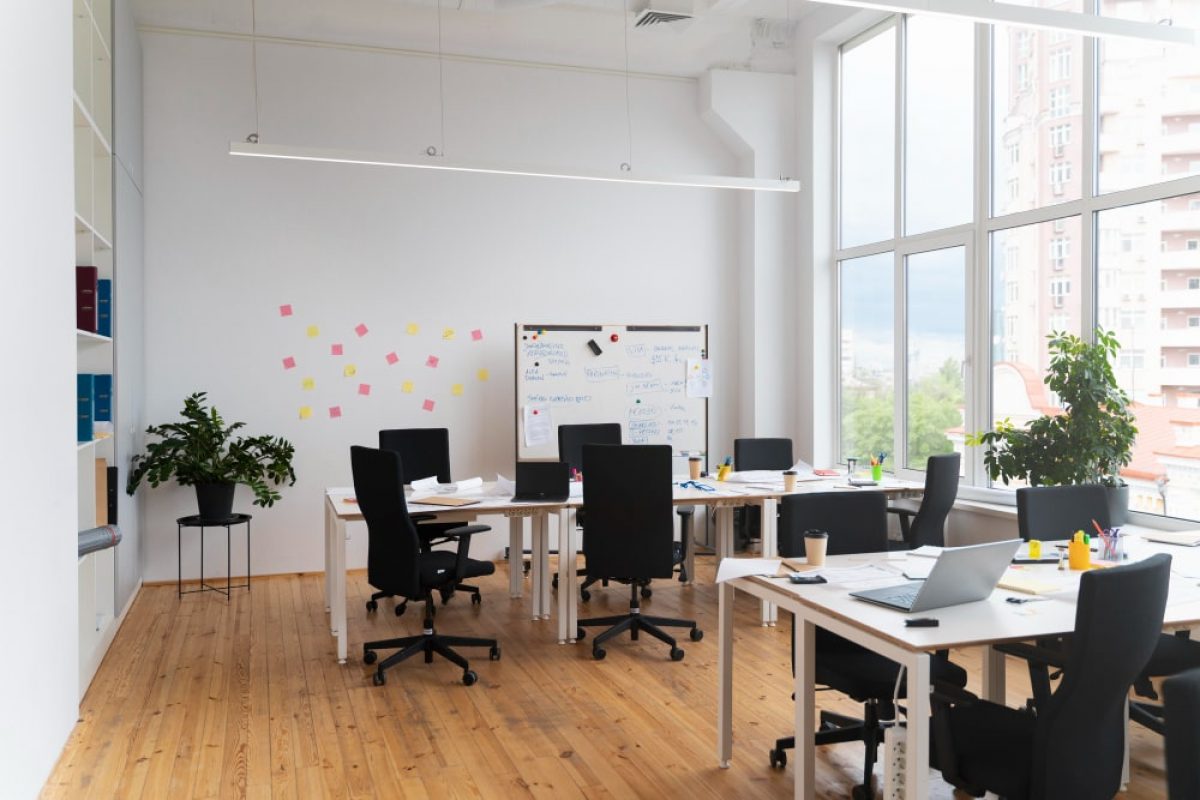In the modern world, where work and productivity are deeply intertwined with our personal spaces, the right office furniture can make all the difference. Whether you’re setting up a home office, redesigning a corporate workspace, or outfitting a co-working space, choosing the right furniture is essential for comfort, efficiency, and overall well-being. Here’s a guide to help you navigate the vast array of options and find the perfect pieces for your office.
1. Ergonomics First: Invest in Comfort
The cornerstone of a productive workspace is comfort. Ergonomic furniture is designed to support your body in a healthy posture and reduce strain. Here’s what to look for:
- Ergonomic Chairs: Look for chairs with adjustable height, lumbar support, and armrests. A chair that supports your lower back and allows for movement can prevent long-term health issues and boost productivity.
- Adjustable Desks: Standing desks or desks with adjustable heights allow you to alternate between sitting and standing, reducing the risk of back pain and improving circulation.
2. Optimize Your Workspace with Smart Storage
Clutter can be a major distraction. Invest in storage solutions that keep your workspace organized and efficient:
- File Cabinets: Opt for cabinets that offer ample space for documents and are easily accessible. Consider vertical or lateral filing cabinets based on your space and needs.
- Shelving Units: Wall-mounted shelves or free-standing units can help you maximize vertical space and keep essential items within reach.
- Desk Organizers: Keep your desk tidy with organizers for pens, papers, and other small items. This can help maintain a clean and focused work environment.
3. Design for Collaboration and Privacy
Depending on your work style and needs, you may need a mix of collaborative and private workspaces:
- Meeting Tables: Choose tables that accommodate your team comfortably and foster productive discussions. Modular tables can be rearranged to suit different meeting formats.
- Partitions: Use partitions or cubicles to create private work areas within an open-plan office. This can help reduce noise and distractions.
- Breakout Areas: Create spaces where employees can relax and recharge. Comfortable seating and casual furniture can make these areas inviting and effective.
4. Style Meets Function: Aesthetic Considerations
Your office furniture should reflect your brand’s identity and create an inspiring environment:
- Color Schemes: Choose furniture that complements your office’s color scheme. Neutral tones can create a calming atmosphere, while bold colors can add energy and creativity.
- Material Choices: From sleek metal and glass to warm wood and soft fabrics, the material of your furniture should align with the desired look and feel of your workspace.
- Lighting: Good lighting is crucial. Invest in adjustable desk lamps and overhead lighting that reduce eye strain and improve focus.
5. Sustainability Matters
As sustainability becomes increasingly important, consider furniture options that are eco-friendly:
- Recycled Materials: Look for furniture made from recycled or sustainable materials. This reduces your environmental footprint and supports green initiatives.
- Durability: Investing in high-quality, durable furniture means you’ll replace items less frequently, reducing waste.
6. Budgeting Smartly
While it’s tempting to splurge on high-end options, there are ways to balance quality and cost:
- Prioritize Investments: Spend more on essential pieces like ergonomic chairs and adjustable desks, and save on items like decorative accessories.
- Shop Sales: Look for discounts, sales, or bulk purchase options to get the most value for your money.
Conclusion
Selecting the right office furniture is more than just picking out stylish pieces. It’s about creating a space that promotes comfort, productivity, and well-being. By focusing on ergonomics, functionality, design, and sustainability, you can build a workspace that supports your goals and enhances your work experience.




